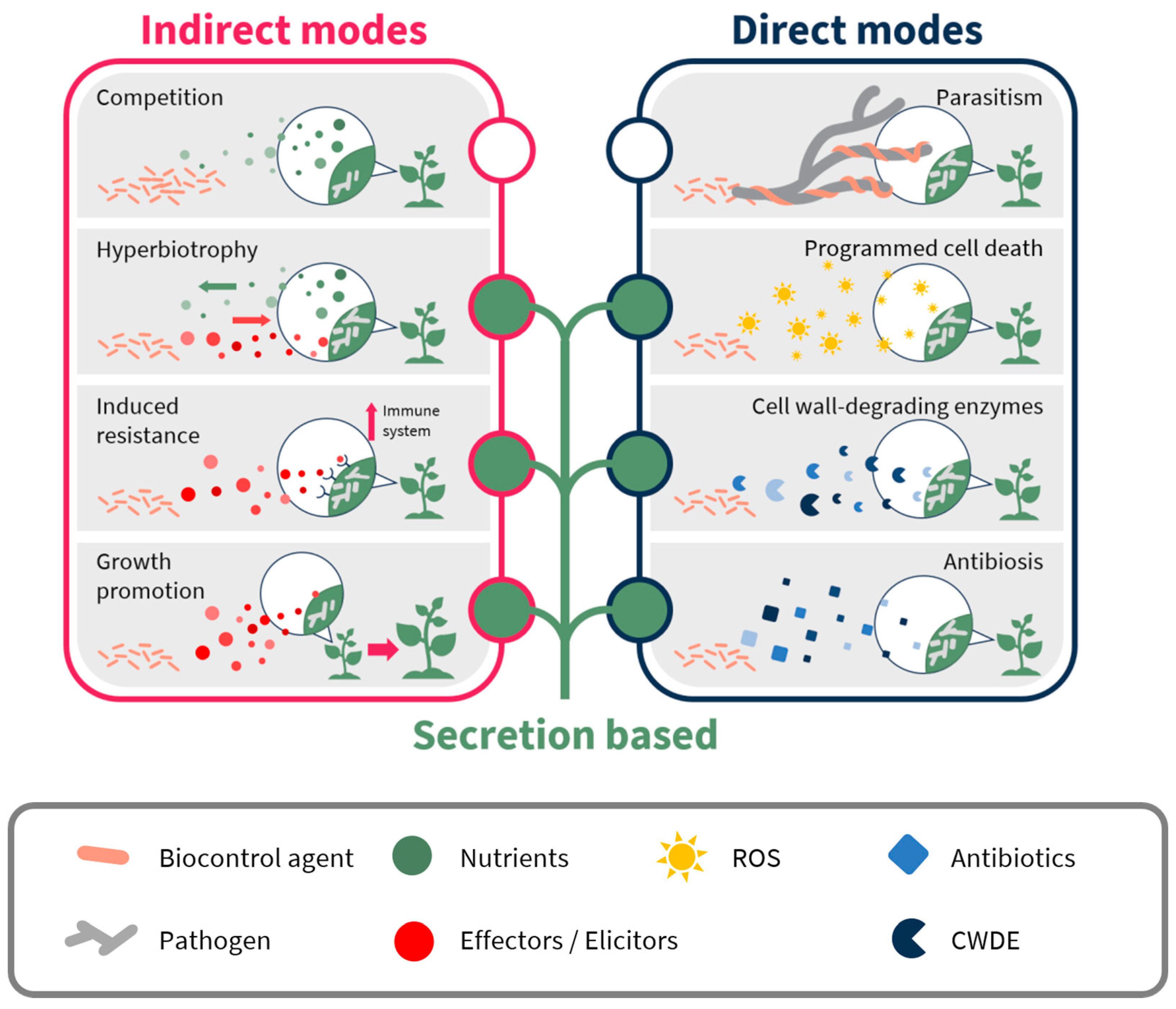

Nevertheless, the abovementioned deficiencies of the bionematicides have resulted in the failure of numerous biocontrol tactics against PPNs. Clearly, they are generally safe alternatives to hazardous chemicals (e.g., Glare et al. This is especially timely with the current technological advances and major changes in the external environment, which have positively altered the outlook for biopesticides. Thus, they can work on rectifying the shortcomings. Such data will enable the researchers to identify the deficiencies of the bionematicide, e.g., lack of efficacy, inconsistent field performance, and/or unfavorable economic factors. Wilson and Jackson ( 2013) pointed out the need and ability for scientists to publish negative data. She stressed that the conservation biological control of PPNs to protect or enhance their suppression may not be effective in all field sites because they are linked to indigenous antagonists. Timper ( 2014) reported examples of how agricultural practices can enhance or decrease the biological control of PPNs and other soil borne pests.

longicaudatus populations on a single sampling date in one of eight field trials (Crow et al. In many cases, success was not achieved despite the nematode pests have shown promising susceptibility in laboratory or field plots (Askary and Martinelli 2015), e.g., a bionematicide containing in vitro produced Pasteuria usage product, Econem, was an ineffective treatment for the management of Belonolaimus longicaudatus on golf course turf. But for every success, there have been numerous failures. 2006 Wilson and Jackson 2013) Myrothecium verrucaria products, DiTera DF, and DiTera WP, for use on a broad range of high-value fruit, vegetable, and ornamental crops with efficacy against a wide range of target PPN species (Wilson and Jackson 2013) and Bacillus firmus I-1582 and Nortica 5WG, for control of PPNs on turf grasses (Crow 2014 Abd-Elgawad and Askary 2018). Examples of apparent commercial successes include the formulation of active ingredients such as Purpureocillium lilacinus products, BioAct WP, BioAct WG, MeloCon, and NemOut, against a wide range of PPNs on economically important crops (Khan et al. Moreover, commercialization of bionematicides against PPNs has experienced highs and lows. However, for economic reasons, these BCAs are rarely marketed in low-value broad acre crops.

In this vein, the huge research work of using biological control agents against PPNs is not exclusively carried out on high-value crops. In order to enhance this CAGR, the less involved pesticide production sectors should be promoted as well. Recently, the global biopesticides market was valued at USD 3147.1 million in 2018 and is expected to register a compound annual growth rate (CAGR) of 14.1% during the forecast years 2019–2024 (Anonymous 2019). Sectors of microbial fungicides, herbicides, and nematicides have fewer shares (Wilson and Jackson 2013 Anonymous 2019). Moreover, most of their market is taken up by products for insect control sector. Nevertheless, such biopesticides represented only 3.5% ($1.6 billion) of the global pesticide market in 2009 (Lehr 2010).

In this respect, growing dissatisfaction with chemical pesticides has increased the research efforts to develop biological pesticides as important components of environmentally friendly pest management systems (Glare et al. Biological control agents (BCAs) rank high among other PPN management options given mounting care to lessen the application of chemical nematicides with a clear aim at avoiding human health hazards and attaining pollution-free environment. Plant-parasitic nematodes (PPNs) constitute so serious threats to growing crops in quantity and quality that the figures showing global averages of crop losses annually are staggering (Abd-Elgawad and Askary 2015).


 0 kommentar(er)
0 kommentar(er)
